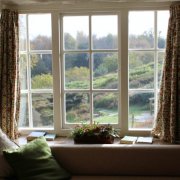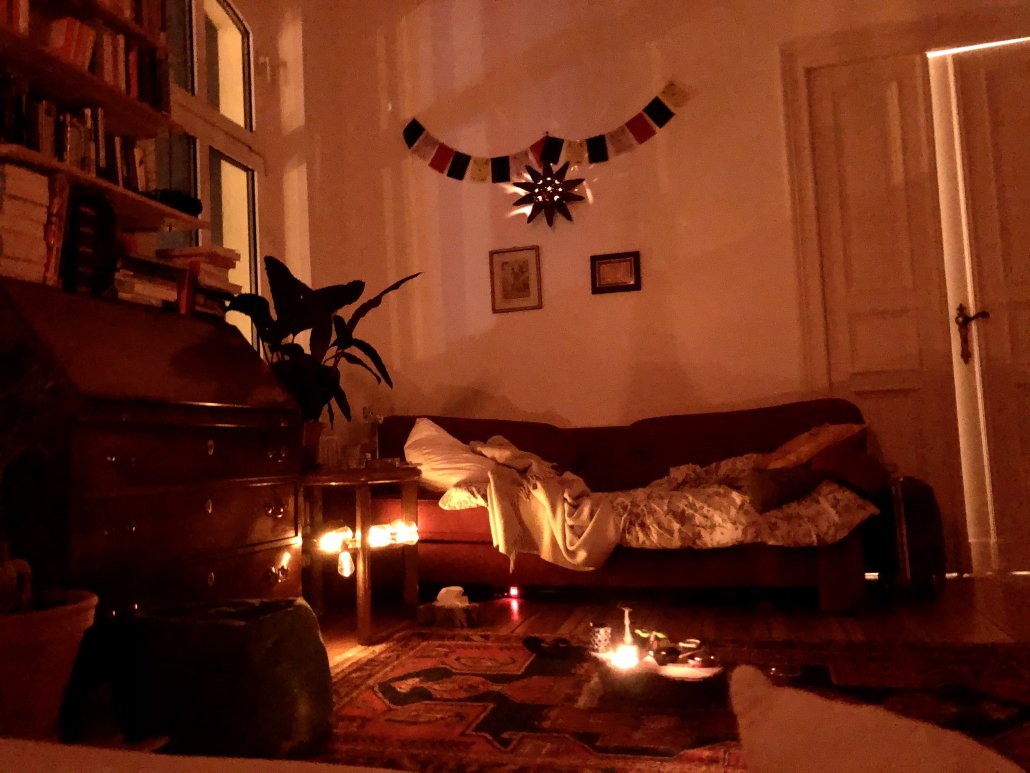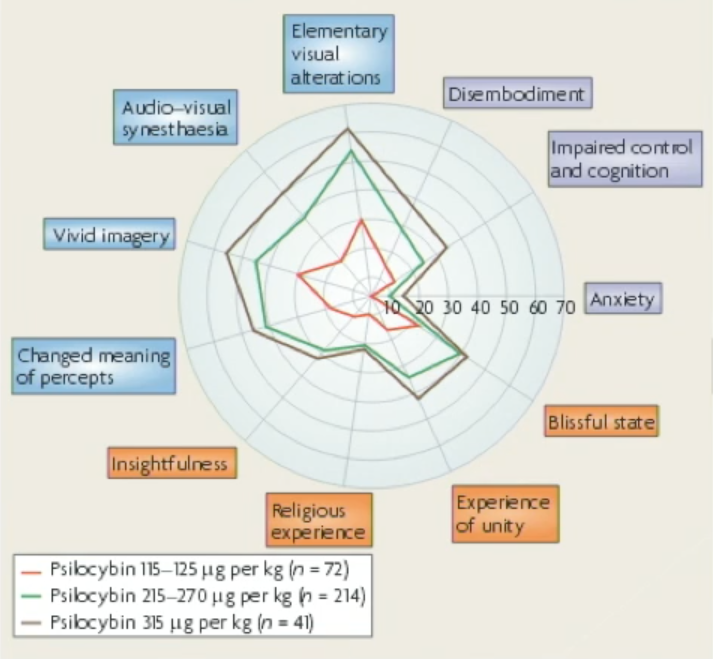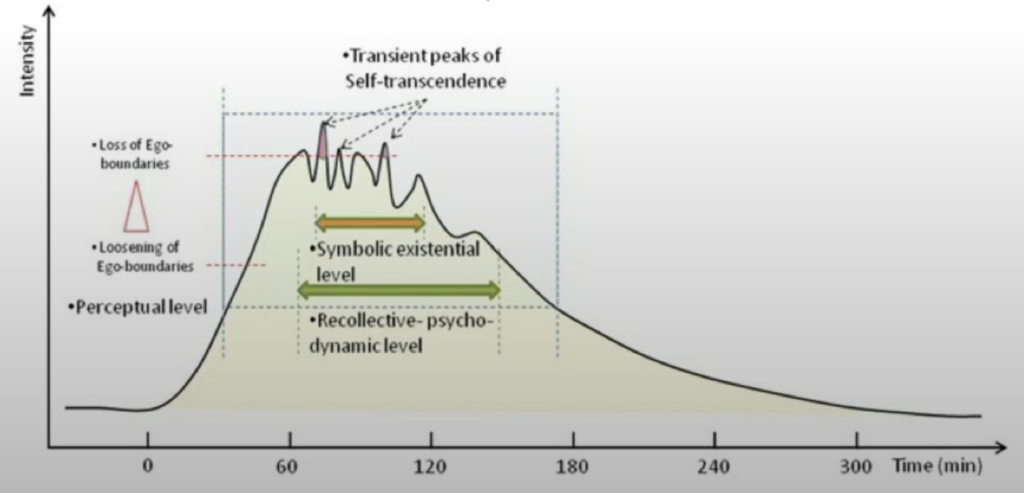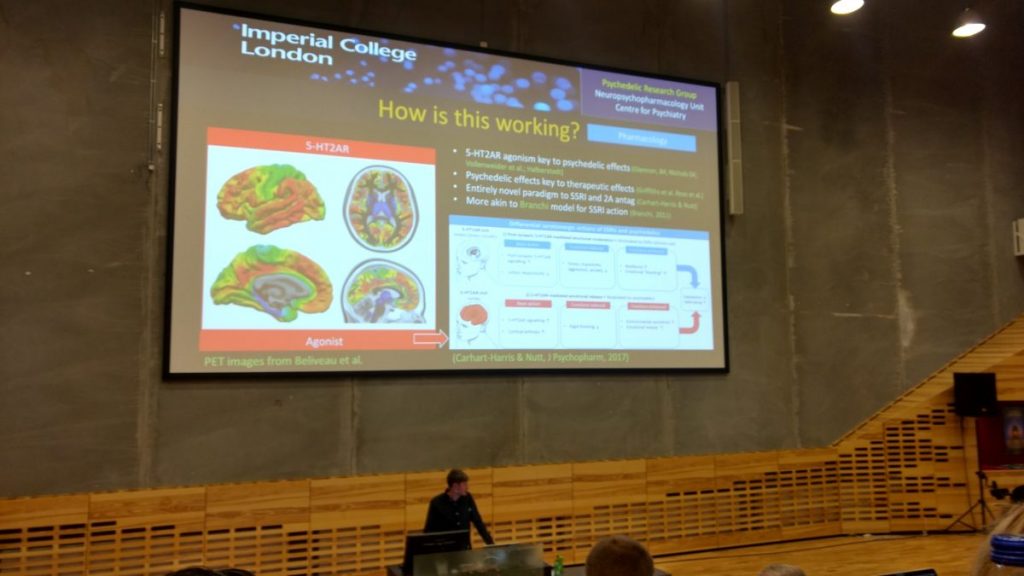What should you do when under the influence of psilocybin to make the most of the session? What should you do if you encounter fear? What is the best way to navigate a psychedelic journey?
These are all questions you might ask if you are preparing to embark on a psychedelic journey and hoping for an insight or nugget to help you on your path forward in life.
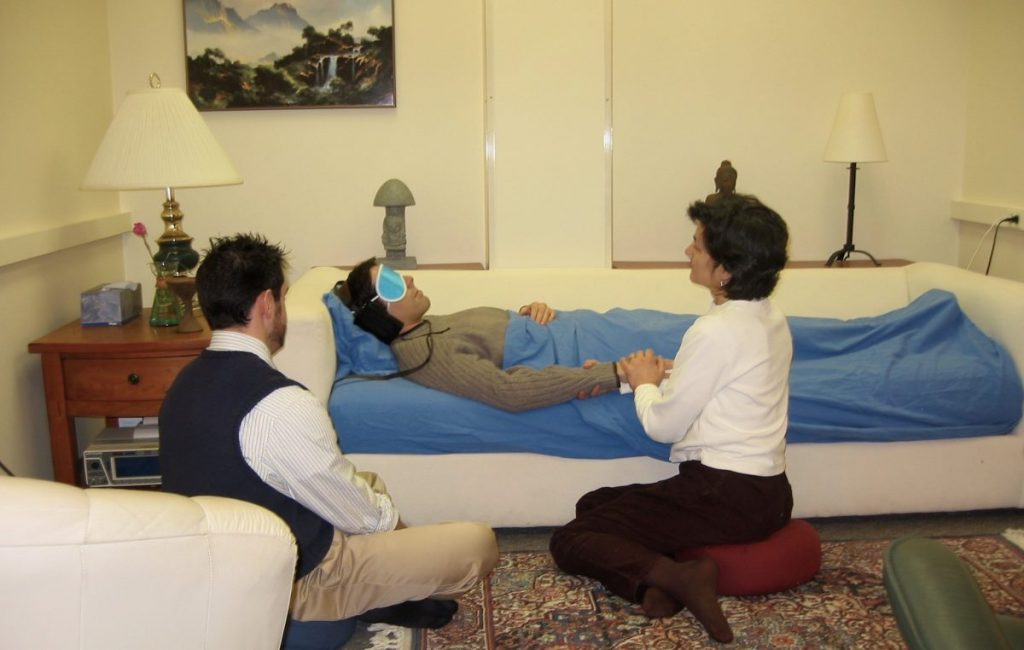
Research setting for a psilocybin study
Bill Richards, one of the founders of the psychedelic research team at Johns Hopkins – one of the leading research institutes in the world of psychedelic research and responsible for those studies boasting the remarkable results that you’ve probably heard – is one of the most experienced figures in the psychedelic field today. Richards, who has overseen hundreds of experiences and had his own too, has put together a set of flight instructions that are read to all study participants who take psilocybin at Johns Hopkins.
These instructions are one of the best resources I’ve found when it comes to high dose psychedelic navigation. They offer advice on what to do at certain encounters or points on your journey. They are the basis for an adapted form of flight instructions I put together for New Moon retreat participants.
You can read more of the study instructions at trippingly here, and find Richards’ music playlist for tripping here.
Flight Instructions by Bill Richards
Please relax. You will never be left alone during your experience. You need not worry about physical safety, [the name of the other sitter] and I will be here to help you and maintain your safety.
You may experience a deep and transcendental experience. You may have feelings of the loss of one’s self, experience a sensation of rebirth or even death. You may experience a feeling that you have ceased to exist as an individual and are connected with the world or the universe. If you experience the sensation of dying, melting, dissolving, exploding, going crazy etc. — go ahead. Experience the experience. Remember that the death/transcendence of your ego or your everyday self is always followed by Rebirth/Return to the normative world of space & time. Safest way to return to normal is to entrust self unconditionally to the emerging experiences.
Instruction for Study Guides
Avoid attempting to guide the participant down any journey. However, we encourage you to help the participant enter a deeper experience by encouraging the participant with phrases such as:
“If you see a door, what will you do”? (Encourage the participant to “walk through it”)
“Trust the trajectory, follow your path”
“Let Go, Be Open, Trust”
“If you see a window, what will you do?” (Encourage the participant to “look through it” or “open it”)
“If you feel like you’re dying, melting, dissolving, exploding, going crazy etc.—go ahead, embrace it.”
“Climb staircases, open doors, explore paths, fly over landscapes”
If the participant is feeling fear, encourage the participant to confront the fear:
“Look the monster in the eye and move towards it… Dig in your heels; ask, ‘What are you doing in my mind?’ Or, ‘What can I learn from you?’ Look for the darkest corner in the basement, and shine your light there.”
“The same force that takes you deep within will, of its own impetus, return you safely to the everyday world.”
If the participant is mild physical pain encourage the participant to investigate the pain using the phrases below (if confronted with intense or acute pain, immediately notify the medical staff):
“Look into the pain you are experiencing, visualize it and see it as clearly as you can. Where is the source of the pain? Can you embrace the pain or make the pain leave you?”
“Can you visualize the pain? Can you see it clearly for what it is? Is this pain serving you or should the pain leave?”
If the participant encounters nausea or vommits remind the participant:
“Part of your being is discomfort, which shall pass.”
“Feel the nausea leaving you, and you will soon return to comfort”
“Nausea is temporary and it will pass, embrace it and then send it on its way.”
If the participant becomes sick, use the waste bin and towel provided in the room and alert the medical staff. Follow the training you received regarding nausea until the medical staff arrives.
Would you like to improve your ability to successfully harness the benefits of psychedelics?
Join The Conscious Psychedelic Explorer, our flagship course!The Conscious Psychedelic Explorer is a 6 week deep dive course designed to empower you to find a personalised approach to using psychedelics for transformation and growth.



